Blog Post
Donald Trump is transforming the American judiciary–and that is very good news for religious liberty
With Trump’s entire tenure as president thus far having been a head-spinning reality show on steroids, with the media racing from Russian collusion to impeachment to whatever comes next, progressives enjoy raging in interviews and on Twitter that if conservatives had any real ethics or principles whatsoever, they’d be opposing Trump right now. That said, not a single Democratic presidential candidate is willing to offer the flimsiest of olive branches to social conservatives by, say, dialing back the overt hostility to religious freedom or toning down the enthusiasm for abortion up until birth, which could very well win them enough votes to guarantee Trump’s defeat. They want to win while trumpeting all of the policy positions that could end up resulting in a victory for Trump.
The fact is that while the media has been fixated on Trump’s Twitter feed and campaign antics, his Administration has been steadily delivering on what he promised social conservatives during the 2016 campaign: Conservative judges. Yes, it is true that Trump probably has no idea who he’s appointing—the fact that he out-sourced judge selection to The Federalist Society was a key decision that gave skittish conservative voters more confidence in voting for him. And it is very unlikely that Trump has any real conception of conservative jurisprudence, or any solid understanding of why the courts are such an essential firewall between an angry LGBT movement on the march and Christian communities that want to live in peace. But all of that said, Trump’s impact on the American justice system has been nothing short of transformative.
This analysis from Vox is one of the most encouraging things I’ve read in a long time:
In less than three years as president, President Trump has done nearly as much to shape the courts as President Obama did in eight years. Trump hasn’t simply given lots of lifetime appointments to lots of lawyers. He’s filled the bench with some of the smartest, and some of the most ideologically reliable, men and women to be found in the conservative movement. Long after Trump leaves office, these judges will shape American law — pushing it further and further to the right even if the voters soundly reject Trumpism in 2020.
Let’s start with some raw numbers. Both Obama and Trump appointed two justices to the Supreme Court but Trump’s impact on the highest Court far exceeds Obama’s, because Trump replaced the relatively moderate conservative Justice Anthony Kennedy with the hardline conservative Brett Kavanaugh (that was after appointing conservative Neil Gorsuch to fill Antonin Scalia’s vacant seat). Obama’s appointees — Sonia Sotomayor and Elena Kagan — largely maintained the balance of power on a conservative Court, while Trump has shoved that Court even further to the right.
On the courts of appeal, the final word in the overwhelming majority of federal cases, more than one-quarter of active judges are Trump appointees. In less than three years, Trump has named a total of 48 judges to these courts — compared to the 55 Obama appointed during his entire presidency.
At this point in the Obama presidency, Obama had appointed only 24 court of appeals judges, meaning that Trump is appointing appellate judges twice as fast as Obama. At a similar point in their presidencies, President George W. Bush had filled only 30 seats on the federal appellate bench; President Clinton, 27; President George H.W. Bush, 31; and President Reagan, 23.
On the district courts, the lowest level of federal courts, Trump’s impact has been less significant. Obama appointed 268 federal trial judges in eight years, while Trump’s only appointed 112 so far. But district judges deal far more often with routine matters like individual criminal sentences and trial schedules, and far less often with the kind of blockbuster cases that shape thousands of lives. As Justice Sonia Sotomayor said in a candid moment while she was still a lower court judge, “the court of appeals is where policy is made.”
It’s tempting to assume that Trump’s judicial appointees share the goonish incompetence of the man who placed them on the bench, but this assumption could not be more wrong. His picks include leading academics, Supreme Court litigators, and already prominent judges who now enjoy even more power within the judiciary. Before he became president, Trump promised to delegate the judicial selection process to the Federalist Society, a powerful group of conservative lawyers that counts at least four Supreme Court justices among its members. “We’re going to have great judges, conservative, all picked by the Federalist Society,” Trump told a radio show hosted by the right-wing site Breitbart while he was still a candidate. The Federalist Society spent decades preparing for this moment, and they’ve helped Trump identify many of the most talented conservative stalwarts in the entire legal profession to place on the bench.
There’s no completely objective way to measure legal ability, but a common metric used by legal employers to identify the most gifted lawyers is whether those lawyers secured a federal clerkship, including the most prestigious clerkships at the Supreme Court. Approximately 40 percent of Trump’s appellate nominees clerked for a Supreme Court justice, and about 80 percent clerked on a federal court of appeals. That compares to less than a quarter of Obama’s nominees who clerked on the Supreme Court, and less than half with a federal appellate clerkship.
In other words, based solely on objective legal credentials, the average Trump appointee has a far more impressive résumé than any past president’s nominees. And they’re young, too. “The average age of circuit judges appointed by President Trump is less than 50 years old,” the Trump White House bragged in early November, “a full 10 years younger than the average age of President Obama’s circuit nominees.”
Trump’s nominees will serve for years or even decades after being appointed. Even if Democrats crush the 2020 elections and win majorities in both houses of Congress, these judges will have broad authority to sabotage the new president’s agenda. There is simply no recent precedent for one president having such a transformative impact on the courts…In an age of legislative dysfunction, whoever controls the courts controls the country. In the past decade or so — or more precisely, since Republicans took over the House in 2011 — Congress has been barely functional. You can count on one hand — and possibly on just a few fingers — the major legislation it has enacted.
Judges, by contrast, have become the most consequential policymakers in the nation. They have gutted America’s campaign finance law and dismantled much of the Voting Rights Act. They have allowed states to deny health coverage to millions of Americans. They’ve held that religion can be wielded as a sword to cut away the rights of others. They’ve drastically watered down the federal ban on sexual harassment. And that barely scratches the surface.
The judiciary is where policy is made in the United States. And that policy is likely to be made by Republican judges for the foreseeable future. There are likely now five votes on the Supreme Court, for example, to effectively give the judiciary a veto power over all federal regulations. Similarly, the Court’s decision in Burwell v. Hobby Lobby (2014) signals that religious conservatives may now ask the judiciary for an exemption from any law — and courts are likely to become quite generous in passing out such exemptions in the coming years. Republicans spent most of 2017 trying and failing to repeal Obamacare — but that failure means little to a federal appeals court that is expected to strike down the Affordable Care Act any day now.
And that’s not all. In the coming months, the courts are poised to gut abortion rights, eviscerate gun control, and neuter landmark environmental laws. Federal judges have already stripped workers of their ability to assert many of their rights against their employers, and this process is likely to accelerate in the near future. Many of our voting rights lay in tatters, thanks to conservative judicial appointments, and this process is likely to accelerate as well.
When Congress has been unable to function, the executive branch has relied on existing federal laws that delegate some policymaking authority to federal agencies, in order to deal with many of the nation’s pressing needs. But with the Supreme Court poised to give judges a veto power over these agencies’ actions, the courts could in effect strike down any regulation they dislike. In a Republican-controlled judiciary, this likely means that Republican administrations will retain broad discretionary authority, but Democratic administrations will be hobbled.
And here’s the thing: We probably will not fully understand just how much power Trump’s judges will wield until after Trump leaves office. Right now, the executive branch is ideologically aligned with Trump’s judges, so those judges are less likely to object to the Trump administration’s actions than more liberal jurists. But it’s a fairly safe bet that Trump’s judges would spend an Elizabeth Warren or Joe Biden administration wreaking havoc on the new president’s agenda — and that any future Democratic president will face similar opposition.
Broadly speaking, there are two reasons why Trump has had such an outsized influence on the federal courts. The first reason is the effective blockade Senate Majority Leader Mitch McConnell imposed on appellate court confirmations the moment Republicans took over the Senate. McConnell’s effort to block Supreme Court nominee Merrick Garland is well-known. Less well-known are the many lower court nominees who received similar treatment. Under Trump, McConnell’s turned the Senate into a machine that churns out judicial confirmations and does little else — he’s ignored literally hundreds of bills passed by the House. Under Obama, by contrast, McConnell’s Senate was the place where judicial nominations went to die.
While Trump’s been very successful at filling the bench with brilliant Republican partisans, a Democratic president is unlikely to enjoy similar success. A badly malapportioned Senate means that to get even a bare majority in the Senate, Democrats have to win commanding popular vote majorities — and if Democrats don’t control the Senate, Democratic nominees could face the Merrick Garland treatment. Just look at the last two years of the Obama presidency if you want to know how a Republican Senate is likely to treat Democratic judicial nominees.
Even if Democrats do overcome the odds to capture a majority, moreover, the balance of power is likely to be held by red-state Democrats who could be vulnerable to pressure from conservative interest groups hoping to keep Democratic nominees off the bench. In other words, it’ll be a long, long time before Democrats can undo the work Trump and the Republicans have done to turn the judiciary rightward.
In the early months of the Trump presidency, so-called “Never Trump” Republicans often directed a derisive phrase against Trump supporters: “But Gorsuch.” It was a taunt that mocked the idea that it was worth selling your soul to a manifestly unfit TV celebrity who has been accused of sexual assault and misconduct by more than a dozen women in order to keep control of the courts.
But, as conservative columnist Hugh Hewitt wrote in 2018, “this bit of childish taunting always struck me as an unknowing admission of ignorance about the role assumed by the Supreme Court in modern American governance.” Certainly, Mitch McConnell understood this role. It’s why he was willing to use any means necessary to ensure Republican control of the judiciary. The truth is, by worshipping at the altar of Trump, Republicans haven’t simply ensured conservative dominance of one branch of government. They may have entrenched conservative governance for decades.


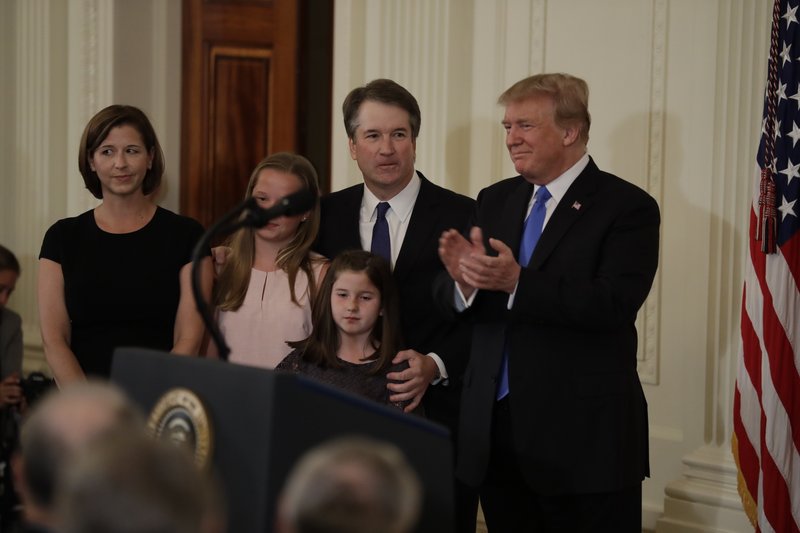
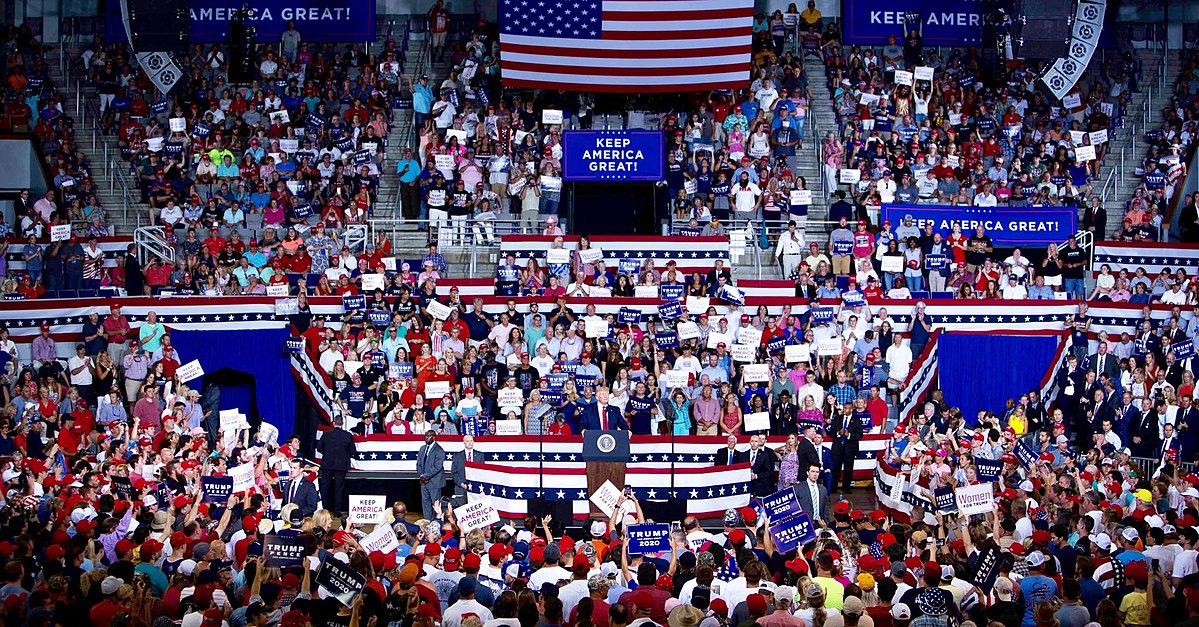
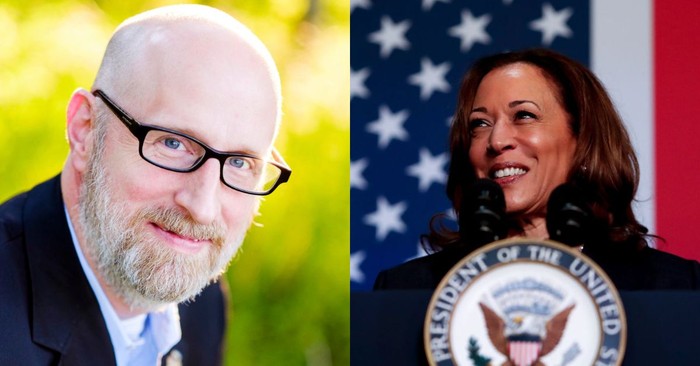
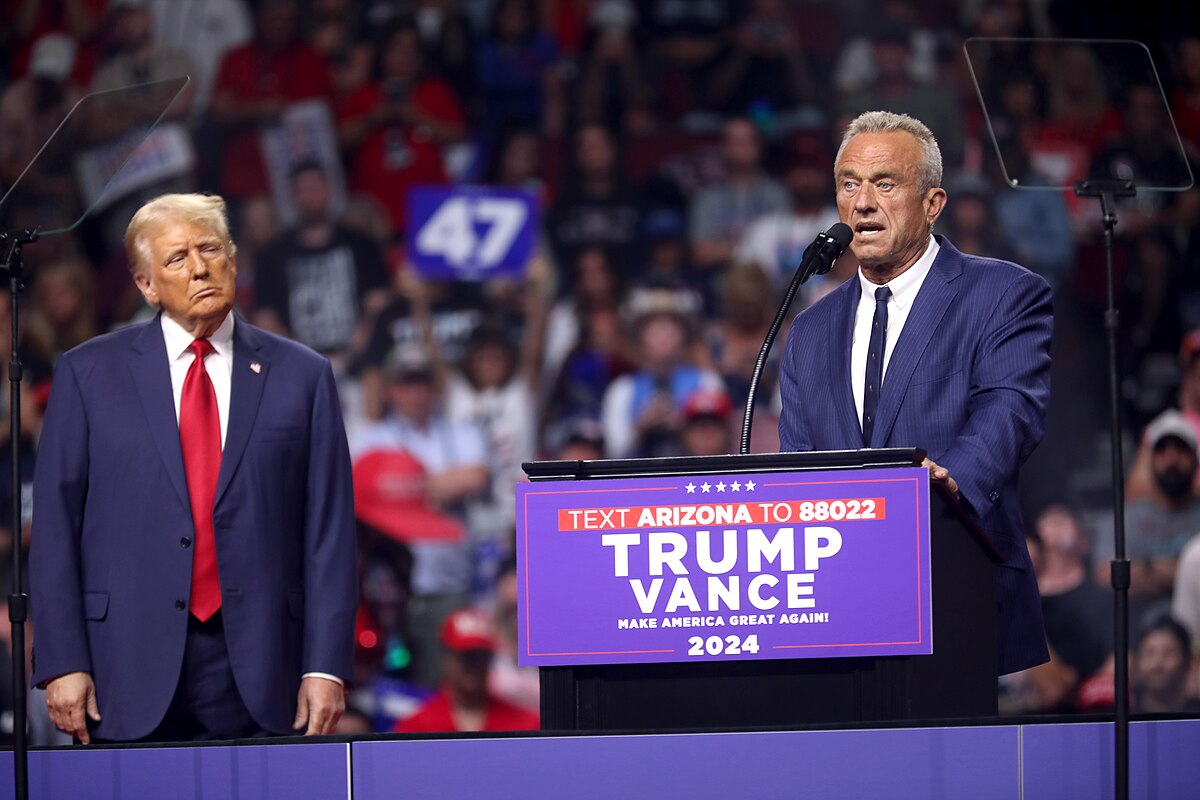

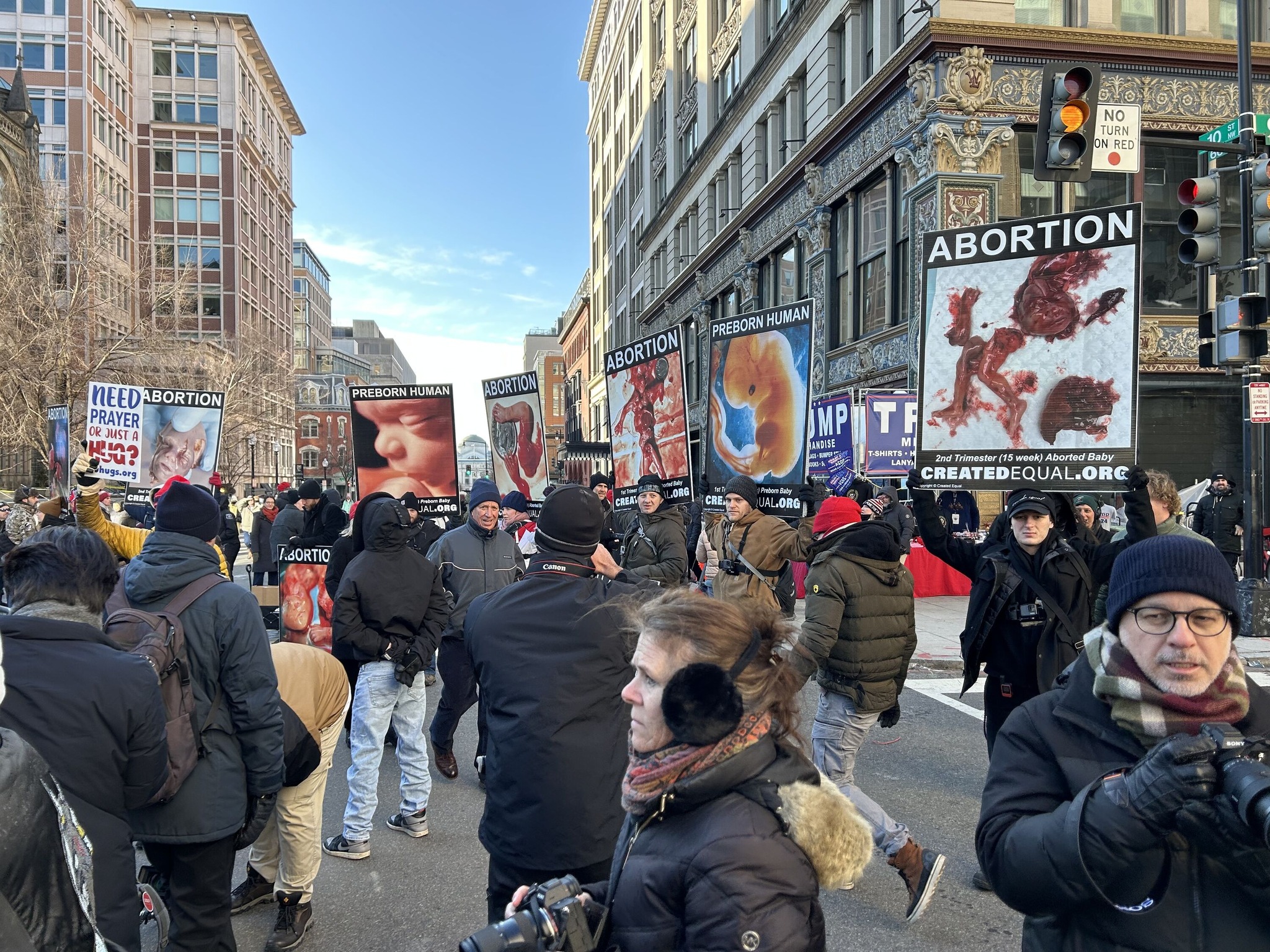
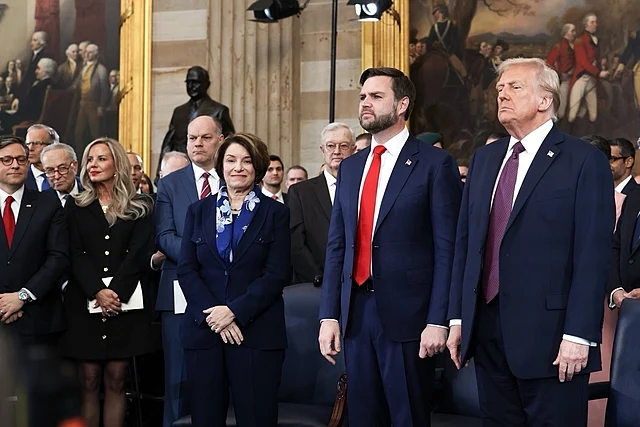
You do realize that everyone loses in this, right?
It is dangerous to have partisan courts, and that is precisely what happened. It should not be possible to guess which way a justice would fall on a given case whether Trump or Clinton appointed that justice.
I recall all kinds of outcry about judicial activism – it seems that was really just saying “I don’t like your judicial activism, give me mine.” How about we just make the courts non partisan and leave the policy debates to politicians?
The difference here is that originalist judges DON’T engage in judicial activism–they interpret the Constitution as the Founders intended it, while progressives treat it as a malleable (and therefore functionally useless) document. So I would argue that the GOP is appointing non-partisan judges.
I’m sorry Jonathan, but that is a ducking of the issue I raised and an improper conflation of two very different ideas.
You have conflated originalism with partisanship; however, originalism is simply an interpretive method of the Constitution and, with enough thought, any interpretation can go either way. In fact, a Democrat justice (Warrren) was the first justice to use originalism – it is just that Scalia has taken it to new heights.
Partisanship is being prejudiced in favour of one’s cause.
The point of partisanship is that the justices will more likely side with their party, which really shouldn’t happen. American politics is inundated with partisanship at all levels and subsuming the last branch of government with partisanship is one more step towards governmental collapse under its own weight and inability to act.
Unless that’s the point.